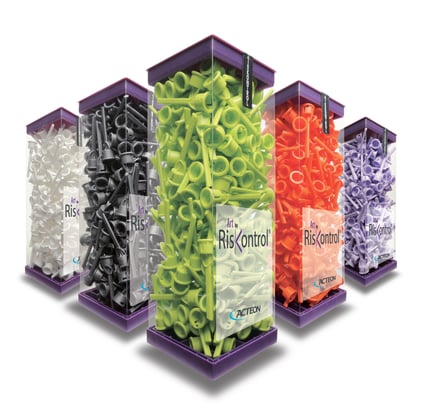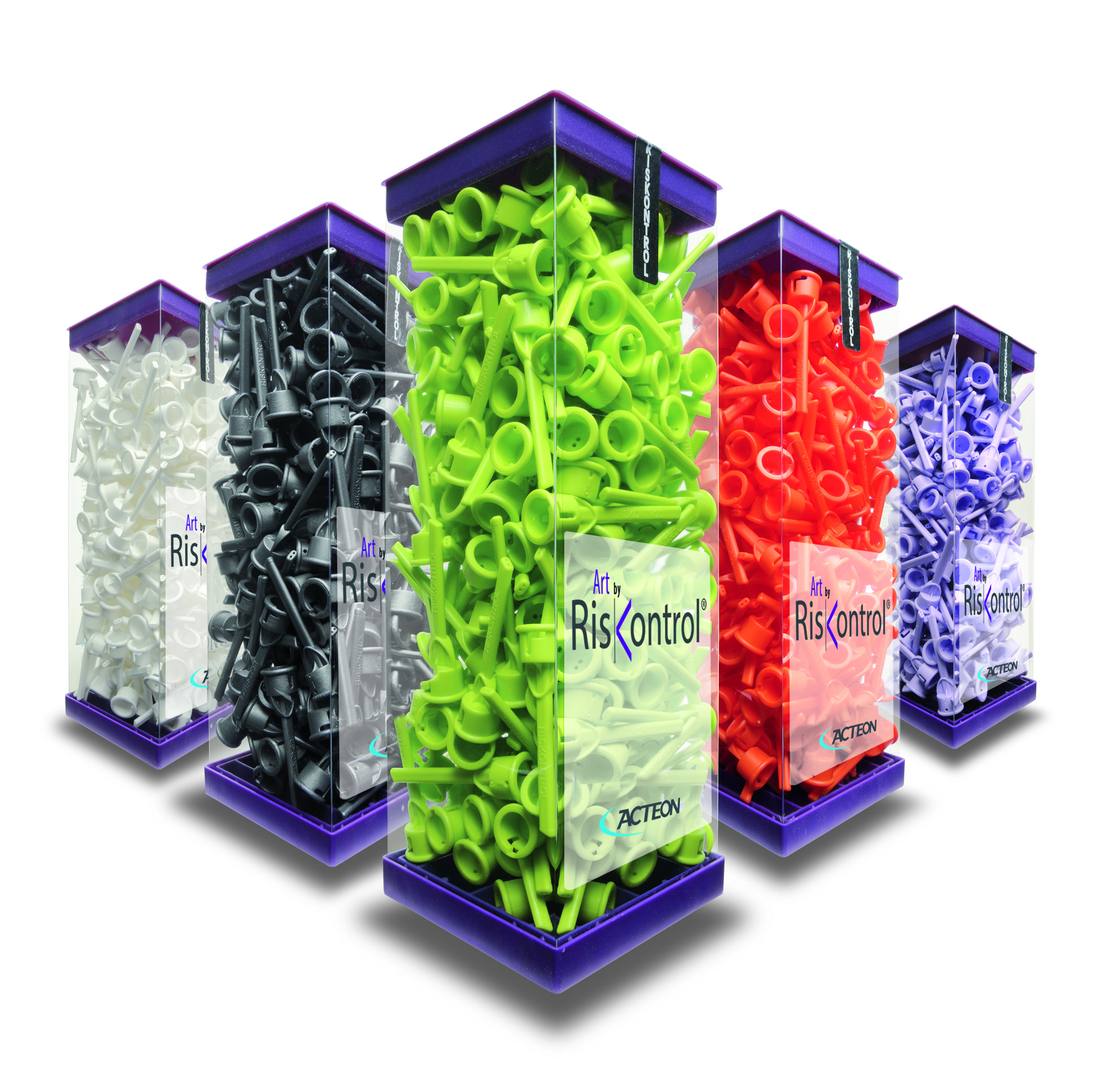Are you or your practice using reusable syringe tips? Ongoing discussion of infection control issues surrounding reuseable vs disposable devices can present clinicains with information that sometimes includes conflicting rationales for choice and use. However, here's 10 truths that you should know about multiple-use and disposable syringe tips.
"Disposable triple syringe tips are preferred due to efficiency reasons (difficulty of cleaning and challenge to air removal and steam penetration). Ultrasonic cleaning does not temove all bioburden from within the lumen of metal triple syringe tips, so accumulation of internal bioburden over time could potentially occur."

CROSS-CONTAMINATION
1. Non-disposable syringe tips had significantly greater bacterial contamination than single-use disposable tips.
2. All non-disposable syringes have levels of contamination signifcantly higher than background sterility controls and more contamination than disposable syringe tips.
3. Some bacteria which enter non-disposable syringe are able to survive the sterilisation process of a class B cycle autoclave and therefore, it supports the hypothesis that the standard cleaning and autoclaving processes are not sufficient to kill all the bacteria in all non-disposable syringe tips.
4. Greater evidence of corrosion and contaminant built-up in multiple-use syringes compared to single-use non-disposable syringes.
5. As both the clinical use and sterilization processes expose air/water syringes to high levels of humidity, corrosion is likely.
6. There is a risk in joint or large practices and hospitals where some practitioners use amalgam and some do not, that practitioners who only do non-amalgam work may still expose patients to mercury by employing old non-disposable syringe tips used by other practitioners.
7. To reduce the risk of infection from the air/water syringe tips, Disposable syringe tips could be used.
SPRAY QUALITY
8. Single-use tips have a more consistent spray pattern and produce a moisture-free airflow compared to the multiple-use tips
9. The use of single-use tips allows a more consistent and moisture-free spray pattern than the multiple-users tips.
10. Single-use tips are recommended as part of modern infection control procedures. Residual traces of moisture exist when drying with multiple-use tips.
SOURCES:
Effect of air moisture content on adhesion to dentine: a comparison of dental air/water syringe tips; A. Lau, V. Bennani, N. Chandler, S. Hanlin, B. Lowe; Eur. J. Prosthodont. Rest. Dent. Vol. 22, No. 3, pp 137-141.
.png)
